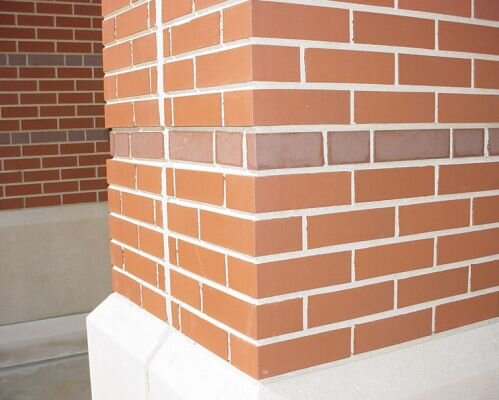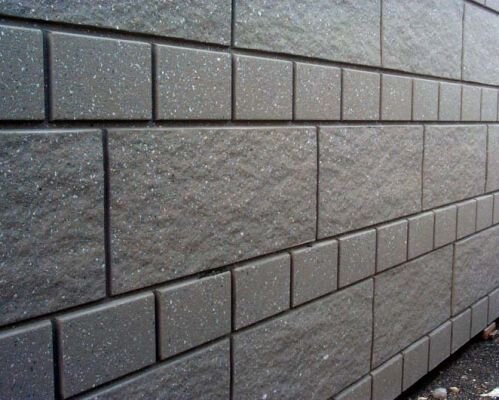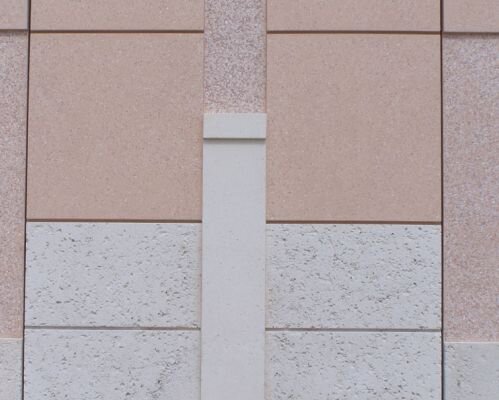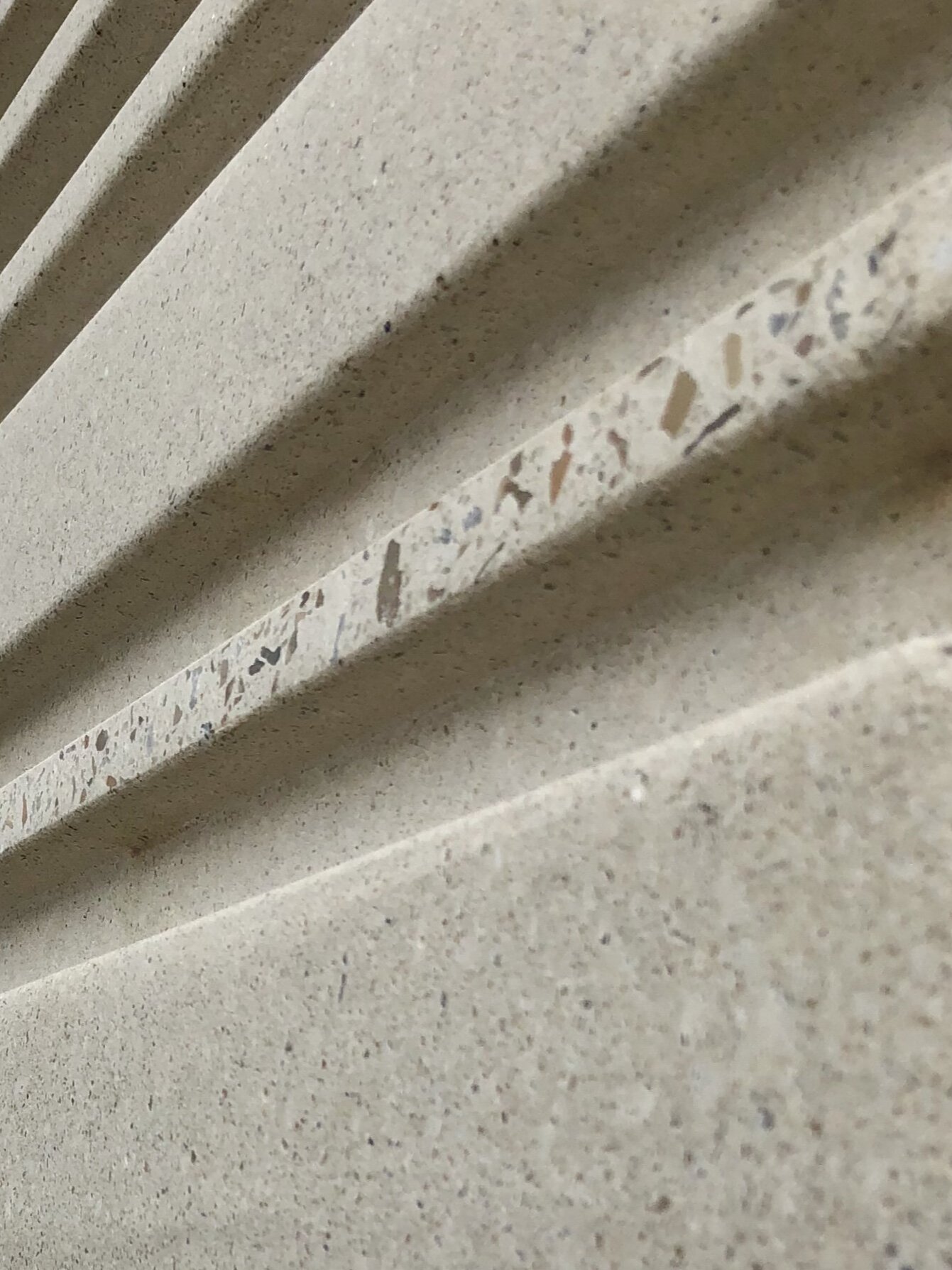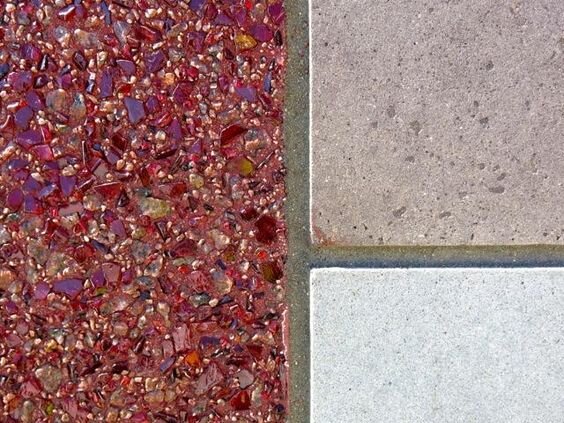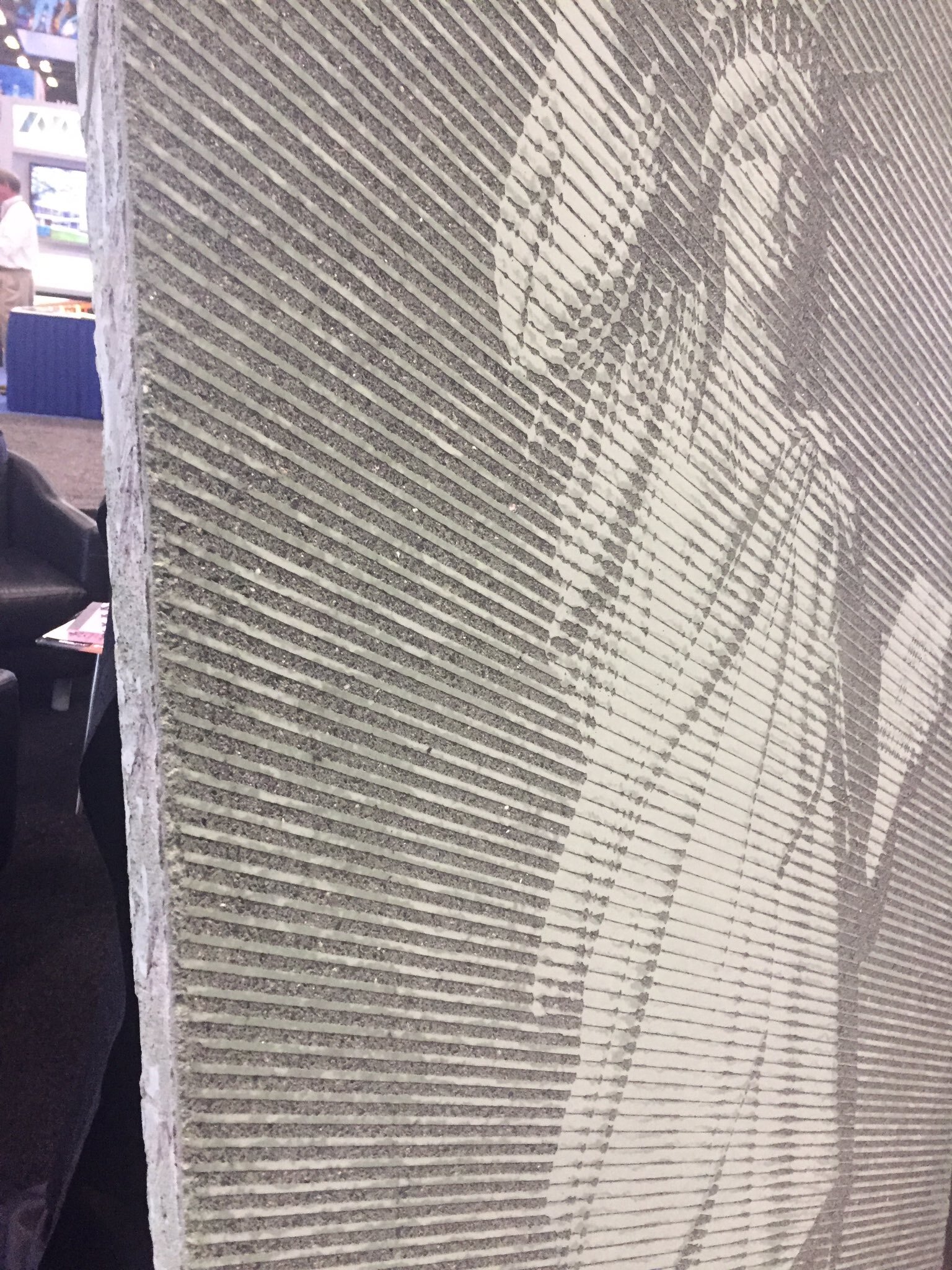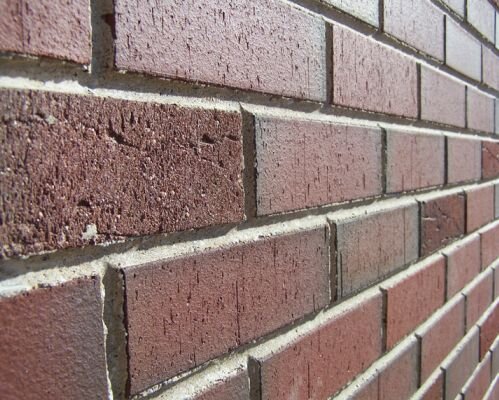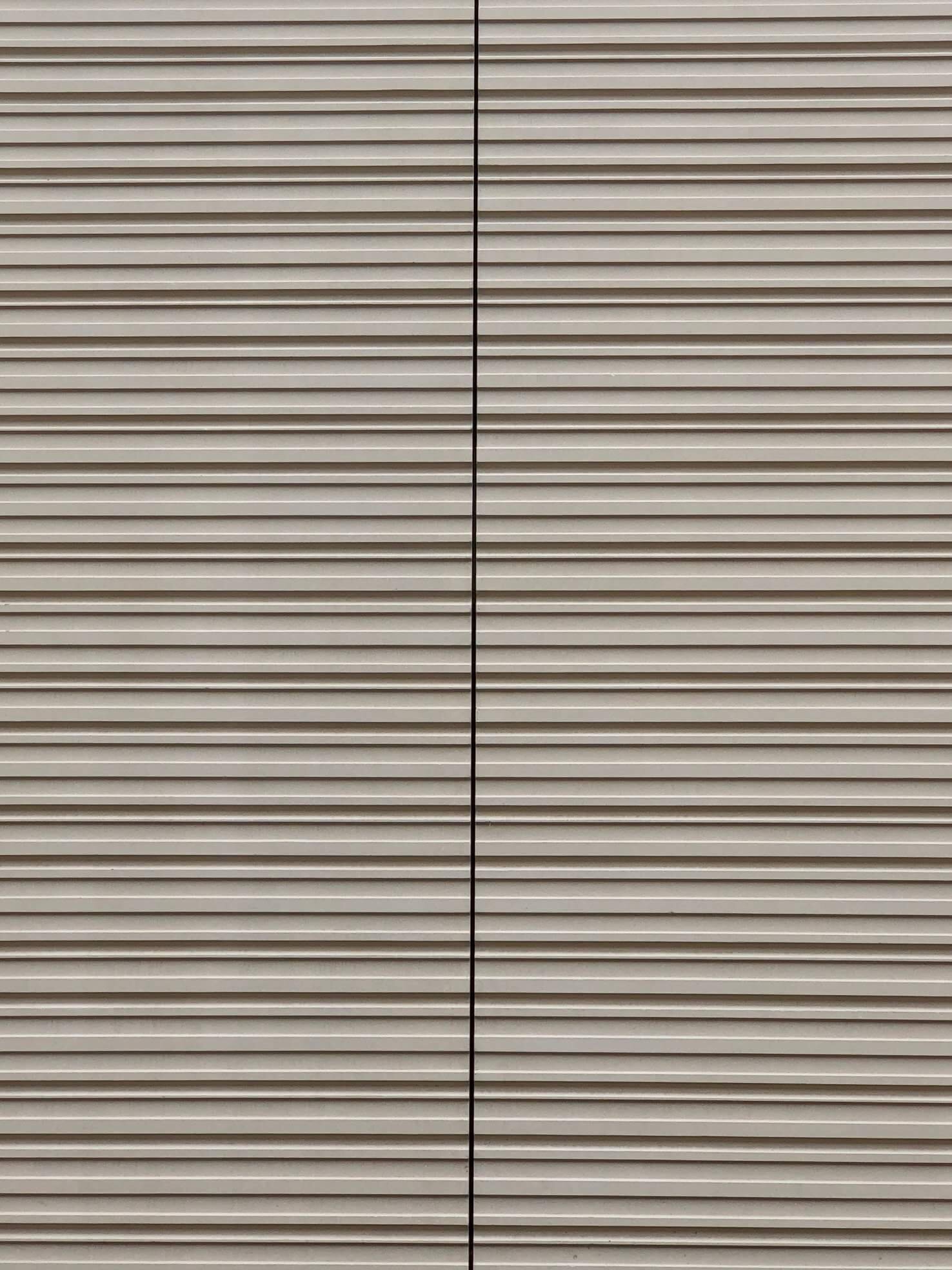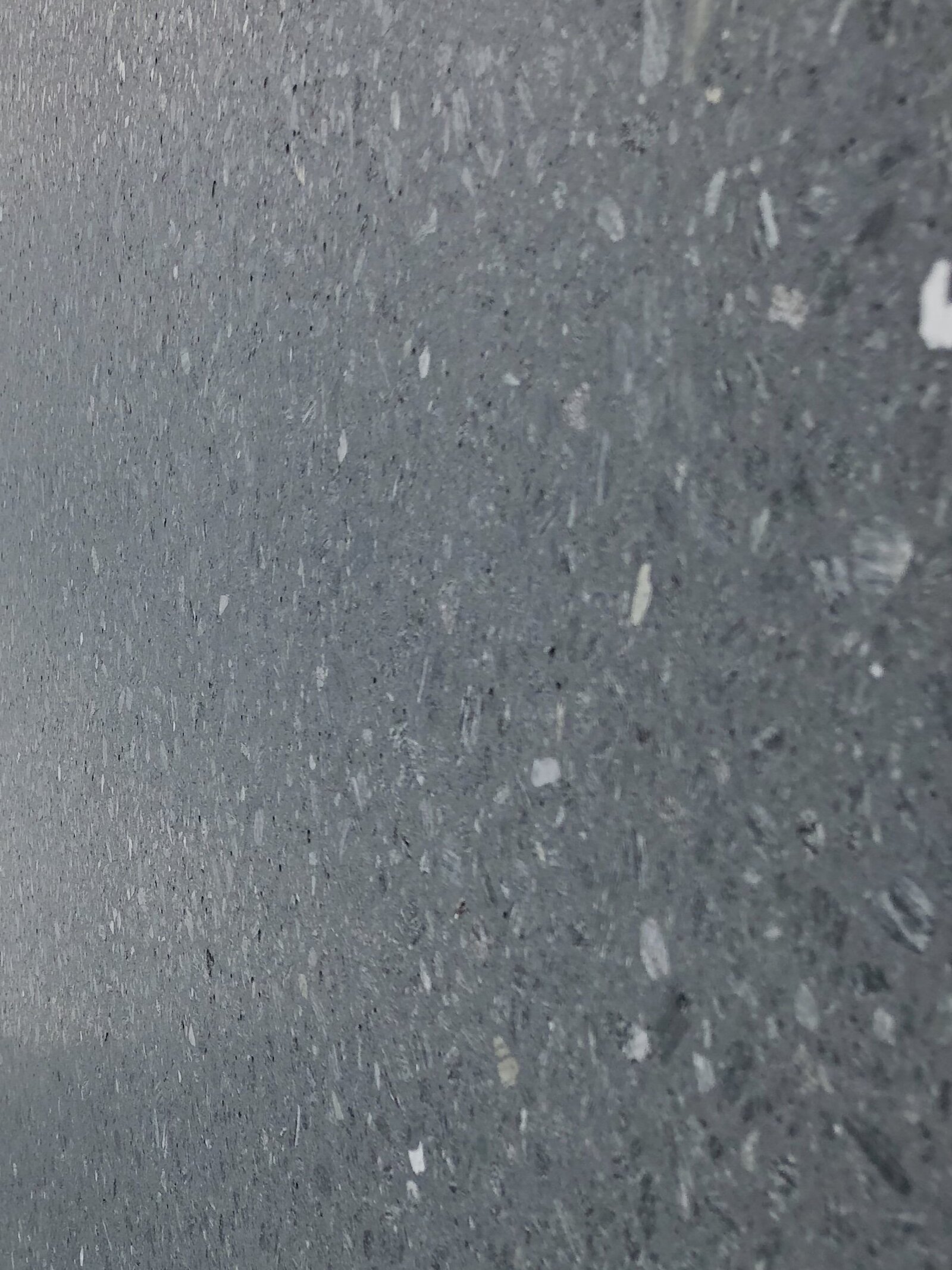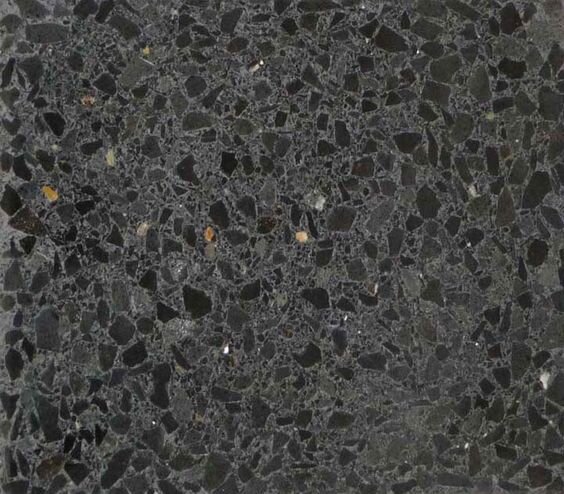Architectural Precast & Historic Schools
Architectural Precast Mimics Historic Schools
The US is home to tens of thousands of historic buildings of which thousands are school facilities. One of the oldest school facilities currently in use in the United States is the Boston Latin School is Boston Massachusetts which was created in 1635. Needless to say, schools take pride in their heritage and strive to preserve the historic structures on campus. Historic schools face challenges when they need to expand or adapt. This is where the versatility of precast is the perfect solution!
The Needs of Historical Schools
Historic schools often face challenges of “modernizing” while maintaining the historic appearance. Improving energy usage, creating flexible and adaptable learning spaces and addressing health /safety for occupants is the same for a historic school as it is for a contemporary designed school but with the added need to match the historic aesthetic of the existing structures.
Retaining Historic Individuality
Historic schools showcase the rich history of the campus and typically employ architecture from various time periods. Names, dates and images are often incorporated into the long-standing structures as monuments to the past. The infinite options available with the use of precast concrete allows designers to pick up where history left off, thus maintaining a seamless appearance.
Creating Buildings that Look Exactly Like Original Buildings
Sometimes older buildings have to be replaced. In some cases, schools desire to replicate the original structure with a new one. Precast versatility allows for close duplication of existing structures to include such things as matching color, texture and even brick.
Creating Additions to Blend with Existing Architecture
As school demand grows larger, facilities are forced to grow larger to meet that demand. Historic schools can work with designers to create additions that blend into the existing architecture. The unique challenge for designers is the availability of materials to match existing structures.
How can precast help?
Through the use of pigments, aggregates, acid etching, brick inlays, specialized formliners and more, precast concrete building components are manufactured by highly skilled precast producers to bring a design to life. Whether the design calls for a brand new look or the replication of an existing design, precast has it covered.
Gate Precast provided precast to achieve the look of 100-year old limestone for the St. George Catholic Church, making the new precast components indistinguishable from the original limestone.
Formliners are reusable forms that can recreate patterns such as brick, stone, etc on concrete panels. Read more about the creative freedom of formliners on our blog, Formliners and the Versatility of Precast Concrete.
Below are just a few examples of some of the possibilities!
Case Studies
The Charleston Progressive Academy was built in 1955 and the school wanted to retain its historic identity while providing a modern facility for the students. The decision was made to use precast to help preserve the mid-century building with thoughtful additions.
LSU was looking for an addition to their 1970s basketball arena that would preserve the iconic structure which is located in tight project site. Precast was used to build the new addition in a fraction of the space.
Historical schools face a variety of issues when tackling a new construction project. Adding precast building materials into the design aids in achieving the desired end result while also providing a resilient, versatile, and efficient structure that will stand for years to come.



